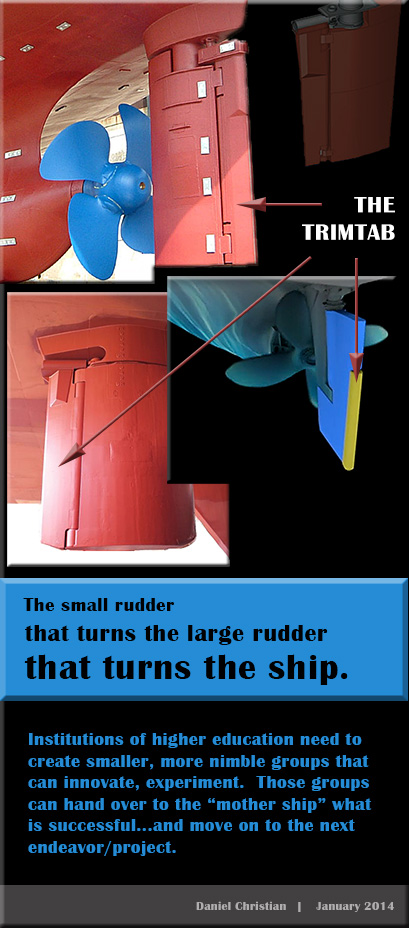Teachers Are Ready for Systemic Change. Are Schools? — from edweek.org by Madeline Will
Schools need effective, transformative change. Leaders must be ready to take it on
Excerpt:
So many people in education—from teachers to U.S. Secretary of Education Miguel Cardona—have called this moment, as schools emerge from the darkest shadow of the coronavirus pandemic, our chance for a “reset in education.”
It’s a sentiment that repeatedly comes up in my interviews with teachers. They wonder if the pandemic’s disruption of schools was a once-in-a-generation chance to transform the education system, which is riddled with inequities and pedagogical practices that date back decades.
Some educators also wonder if we’re on the verge of squandering such a chance. That may be; in the rush to get students back on track, we’re at risk for overlooking many of the lessons learned from the last couple years.
“The teachers know what works,” Kelly said. “We need more people to not only listen to teachers, but we also need them to implement the things that teachers say.”
From DSC:
If the K12 learning ecosystems out there don’t change, students, families — and teachers — may let their feet do the walking. We’re seeing a similar situation within higher education, with mostly students’ feet who are starting to do the walking (to alternatives). Some employers’ feet are getting itchy to walk as well.
If you were going to weigh the power that each area holds, what would you put on the weight employers have to effect change these days? Institutions of higher education? Students and their families? Hmmm…change needs to be in the air. The status quo hasn’t been working well within K-12 or within higher education.
Also relevant within K-12, see:
Exit Interview: Why This Veteran Teacher is Leaving the Profession — from edsurge.com by Jennifer Yoo-Brannon
Excerpt:
It’s a frank and sometimes emotional conversation between Jennifer Yoo-Brannon, an instructional coach at El Monte Union High School District in California, and Diana Bell, a veteran teacher of more than 18 years who recently decided to leave the profession. They talk about what led to that departure and how teaching could change to better support educators.
Many Eyes Are on the Teachers Who Leave. What About the Ones Who Stay? — from edsurge.com by Patrick Harris II
Excerpt:
My own experience sits among countless narratives from other teachers, including teachers of the year, revealing the difficulty and the emotion behind the decision to leave a school—and for some, the choice to part ways with a system that never had their best interest at heart.
A lesser told story is the plight of the teachers who stay behind. The emotional narratives about their experiences, their feelings and the pressures they carry.










